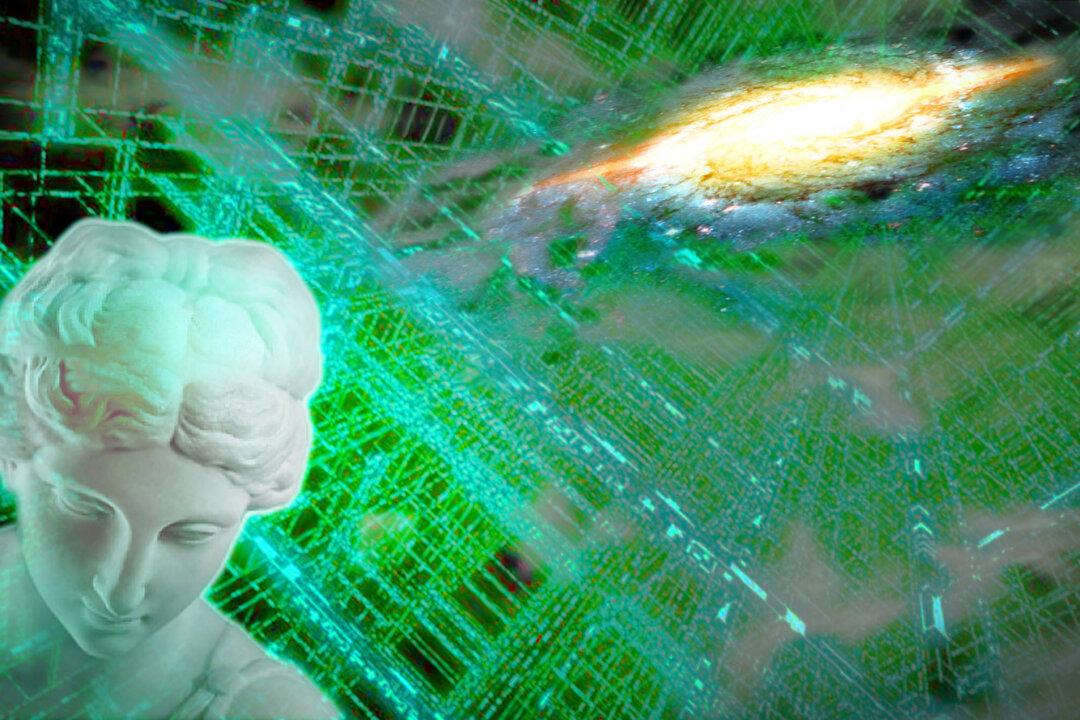Protesters are urging a boycott of Real Bodies: The Exhibition, which recently opened in Sydney, due to the possibility that the plastinated human bodies and organs on display were taken without consent from executed Chinese political prisoners.
The chief executive of the company behind Real Bodies, Tom Zaller, has defended the exhibition. He claims that although the bodies come from China, they were legally sourced from people who died from natural causes and were unclaimed. The exhibition also cleared Australian bio-security checks.





